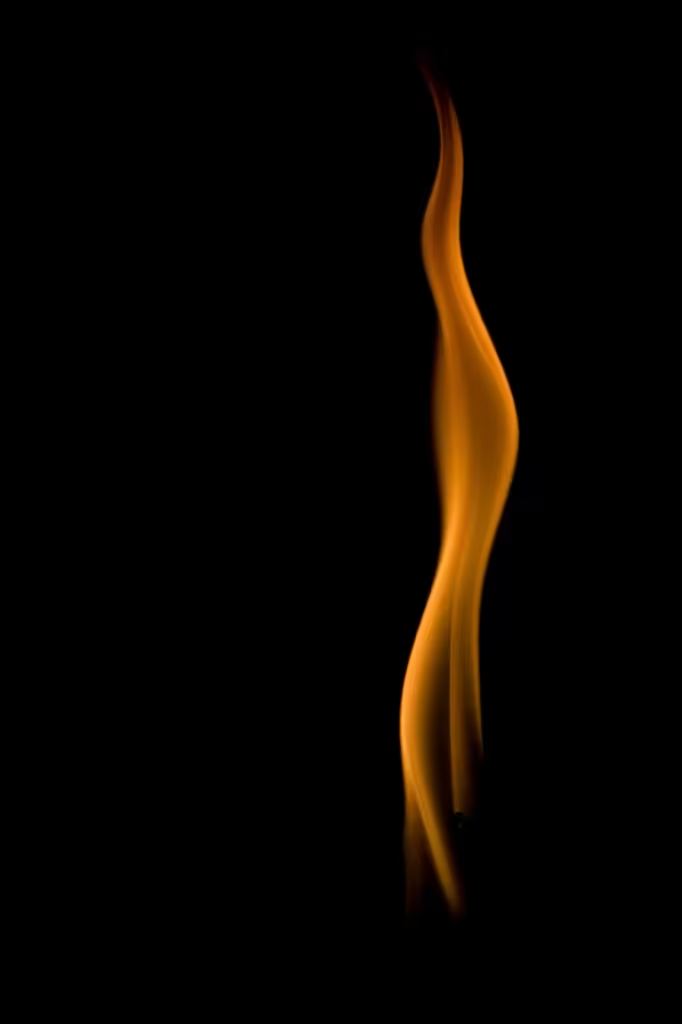Introduction- Extinguishing an electrical fire
Electrical fires can be intimidating, but knowing how to respond promptly and effectively can make a significant difference in preventing further damage and ensuring safety. In this blog post, we’ll explore five proven methods to extinguish an electrical fire. Remember to prioritize your safety and, if possible, always call emergency services before attempting to put out the fire.
1. Power Off the Source:
- The first and most crucial step is to cut off the electrical supply to the affected area. Locate the circuit breaker panel and switch off the circuit where the fire is occurring. If you can’t reach the breaker panel, think about safely unplugging the affected device or appliance. Removing the power source is essential to prevent the fire from escalating.
2. Use a Class C Fire Extinguisher:
- Class C fire extinguishers are tailor-made for extinguishing electrical fires. They contain non-conductive extinguishing agents that effectively smother the flames without conducting electricity. Ensure you have a Class C fire extinguisher in easily accessible areas, especially in spaces with a high risk of electrical fires, such as kitchens and workshops. Familiarize yourself with its operation before an emergency arises.
3. CO2 Fire Suppression:
- Carbon dioxide (CO2) fire suppression is another effective method for extinguishing electrical fires. CO2 displaces oxygen, suffocating the fire. If you have access to a CO2 fire extinguisher, use it cautiously. Keep in mind that CO2 can displace air in confined spaces, so only use it in well-ventilated areas. Additionally, be aware of the potential for frostbite when handling CO2 extinguishers.
4. Baking Soda or Salt:
- For small electrical fires, such as those involving appliances or power strips, using baking soda or salt can be surprisingly effective. These household items can help smother the flames by cutting off the fire’s oxygen supply. Sprinkle a generous amount directly on the fire, but do not use water, as it can conduct electricity and worsen the situation. This method is most suitable for small, contained fires.
5. Sand or Fire Blanket:
- Sand, a non-conductive material, is effective for smothering an electrical fire. If available, pour a thick layer of sand over the flames, covering the entire affected area. Alternatively, a fire blanket can be used to smother the fire by cutting off its oxygen supply. Fire blankets are particularly useful for smaller fires and are designed to be non-conductive.
Conclusion
Being prepared and knowing how to respond to an electrical fire is crucial for the safety of yourself and those around you. Remember to prioritize your safety, call for professional help, and use the appropriate methods and equipment to extinguish the fire. Regularly review and practice these safety measures to ensure a quick and effective response in case of an emergency.
*Go back to Point B Electrical Services home page…
*Discover the latest updates, promotions, and expert electrical tips by visiting Point B Electrical Services Facebook page today!


